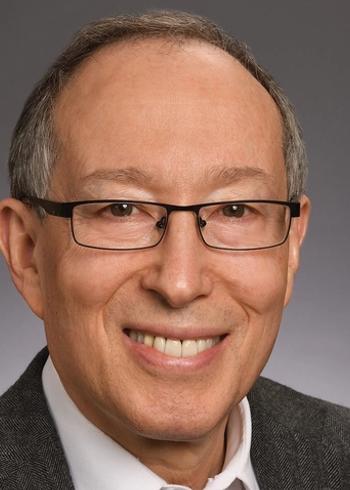
Here is the PCP crisis solution and it's simple
There is a primary care crisis in the United States. We know it because patients only get 8-12 minutes with their primary care physician (PCP) who interrupts them within about 18 seconds and never fully listens to them. Patients are sent for tests, given a prescription or referred to the specialist even though the PCP could-with more time-have figured out the problem without a test, prescription or referral.
As Congress and the new president consider the next steps with healthcare reform, they would do well to begin their deliberations around primary care.
There is a primary care crisis in the United States. We know it because patients only get
Hot topic:
Patients are less than satisfied, yet the charge is high. Doctors are no more satisfied and are highly
This means that Americans don’t get the quality of healthcare that they need and deserve, that healthcare is expensive and that the cost will keep rising.
The solution isn’t difficult. The reimbursement system needs to change, shifting more resources into primary care and out of specialty care. It’s an easy answer but difficult to implement.
It is important to note that primary care is not just for the “simple stuff.” PCPs are trained and experienced to care for
Where does the time go? The
But the major time problem is that primary care providers are caught in a terrible conundrum. Overhead costs (especially the need for added staff to deal with billing, preauthorizations and government mandates) have risen much more quickly than revenue. The only remedy is to “make it up with volume,” i.e., more patients per day. But that’s not a sustainable business practice and certainly not an acceptable care model.
Related:
PCPs report that they must see about twice as many patients as a few decades ago in return for the same income. If a PCP needs to see 24 to 30 patients per day, then a patient has a 15-20 minute visit with actual face time of about one half of that. This is long enough for a simple problem, but much too short for someone with a complex issue, or someone with multiple chronic diseases and taking multiple prescription medications. It is certainly not long enough for an elderly person with impaired vision, hearing or cognition and not enough when the problem has an underlying anxiety.
It is here that the costs of medical care begin to skyrocket: The referral to a specialist when just some more time with the PCP would have been sufficient; a prescription when time to address life style changes would have sufficed; a battery of tests when more history would have uncovered the problem.
Patients and PCPs will need to take charge and change the paradigm of primary care. Patients need to demand the time they deserve. PCPs need to insist that they will give the time.
This means
Further reading:
Comprehensive primary care offers same or next-day appointments lasting as long as necessary and 24/7 access via the PCP’s cell phone. Often it means generic medications at wholesale prices and reduced-cost labs and radiology. It means improved care quality and satisfaction and fewer frustrations for patient and doctor alike.
Fewer patients mean more time for the patient and doctor to interact. It means more time for listening, building trust and healing. It means better diagnostics and improved treatment plans. This results in fewer tests, X-rays, prescriptions and referrals. Combined with a much less expensive high-deductible health insurance policy, the savings for patients are substantial and the total cost of all care
Most Americans do not realize how important and valuable comprehensive primary care can be to their overall health. But if patients want to benefit from much better care, if they want a doctor that is not frustrated and can spend time listening to them, if they want their total costs of health care to decline rather than rise, then they will need to educate themselves and then
Popular right now:
Concerted patient action will force the issue and make change occur. It will be a win for everyone. Now is the perfect time. Congress and the incoming president need to understand the crisis, appreciate the value of comprehensive primary care and place its resolution front and center in new legislation. It will mean better health, better medical care and much reduced total cost of healthcare.
Stephen C. Schimpff, MD, is a quasi-retired internist, professor of medicine and public policy, former CEO of the University of Maryland Medical Center, senior advisor to Sage Growth Partners and Sanovas Inc. and is the author of
Newsletter
Stay informed and empowered with Medical Economics enewsletter, delivering expert insights, financial strategies, practice management tips and technology trends — tailored for today’s physicians.














